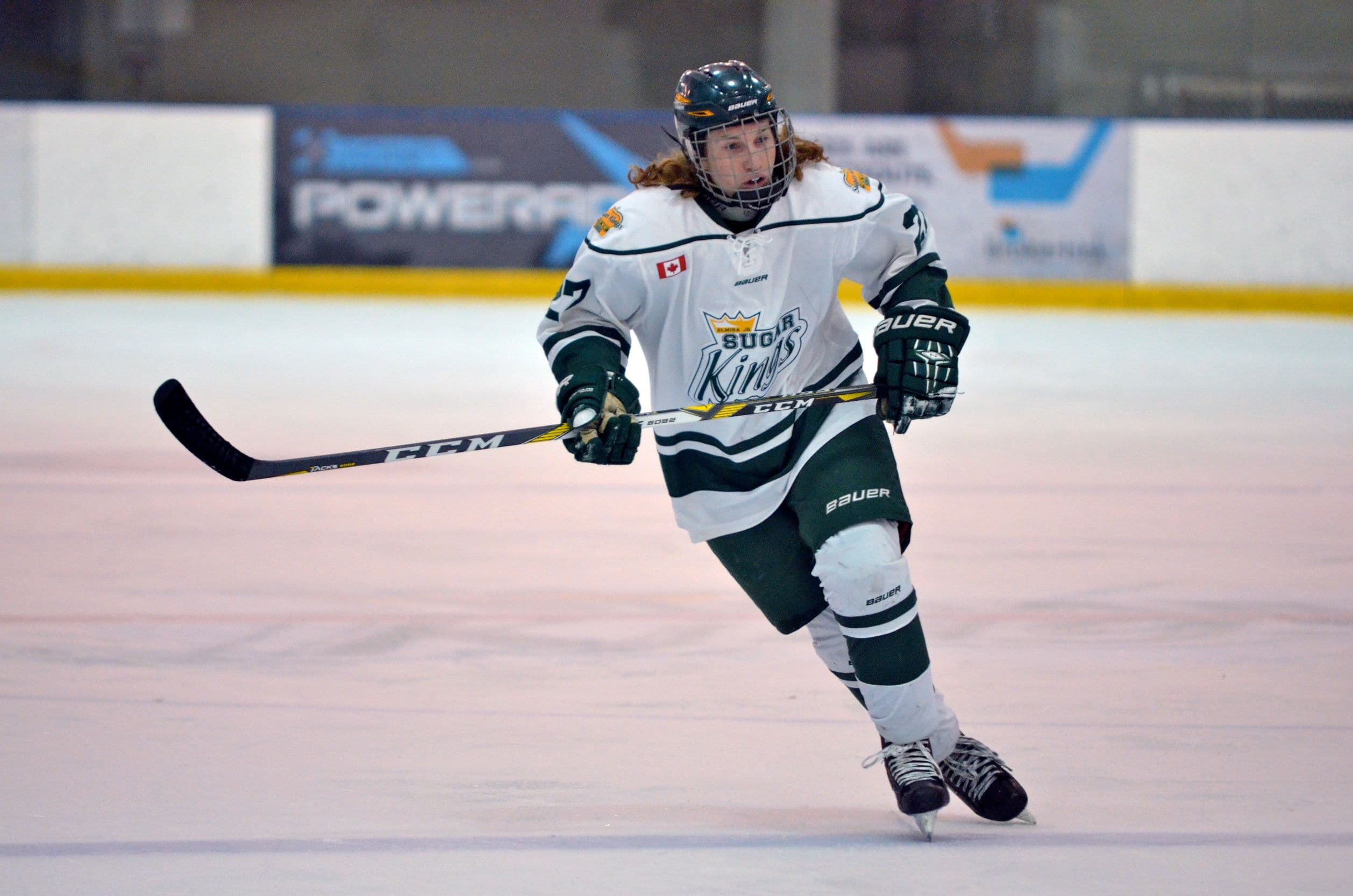Goodbye, Earl
Aug 19, 2022, 13:42 EDT
Recent articles from Earl Schwartz
Breaking News
- All eyes will be on Maple Leafs’ Joseph Woll in Game 4
- NHL betting preview (May 11): Maple Leafs vs. Panthers Game 4 predictions
- Injury be damned, the Leafs need a monster performance from their captain in Game 4: Leafs Morning Take
- Mitch Marner on why Matthew Knies is an important playoff presence: ‘He’s got a big body’
- Craig Berube would like Bobby McMann to simplify his game, get to blue paint
